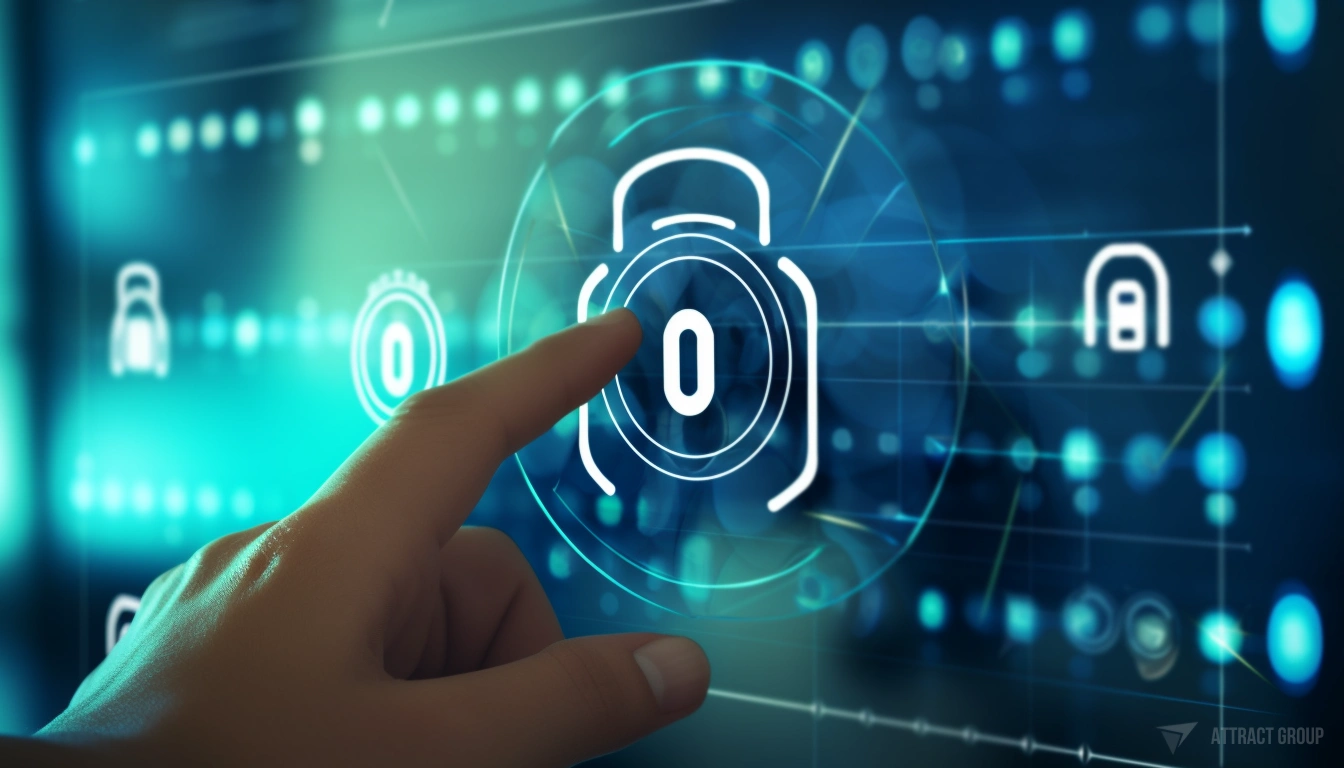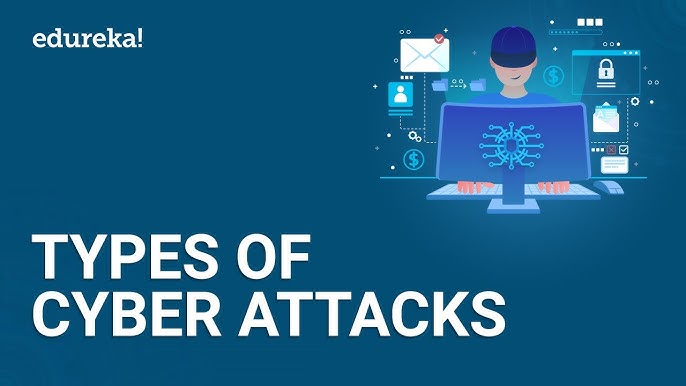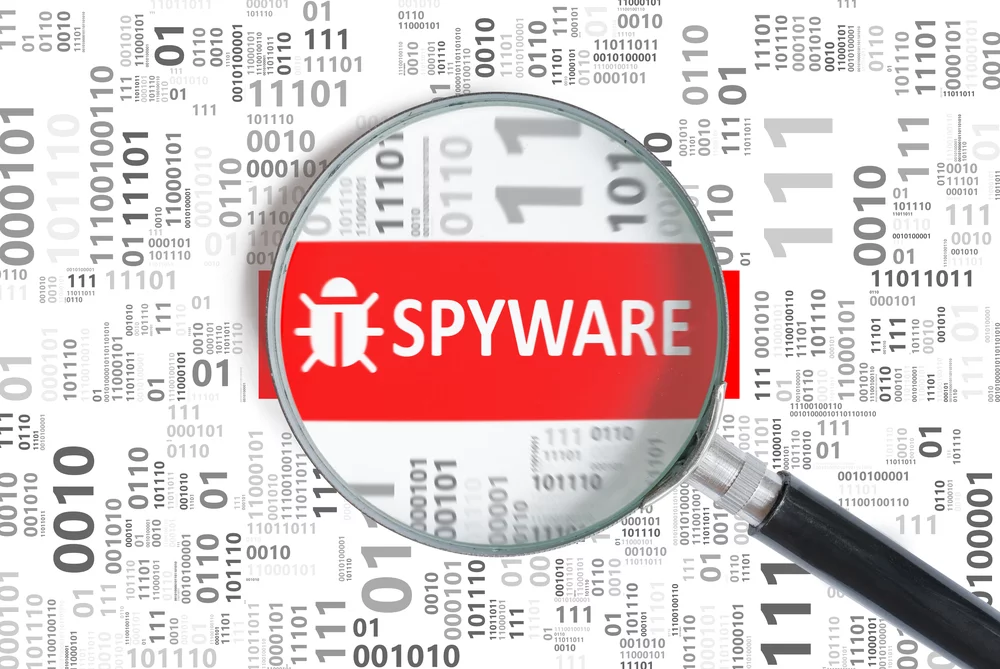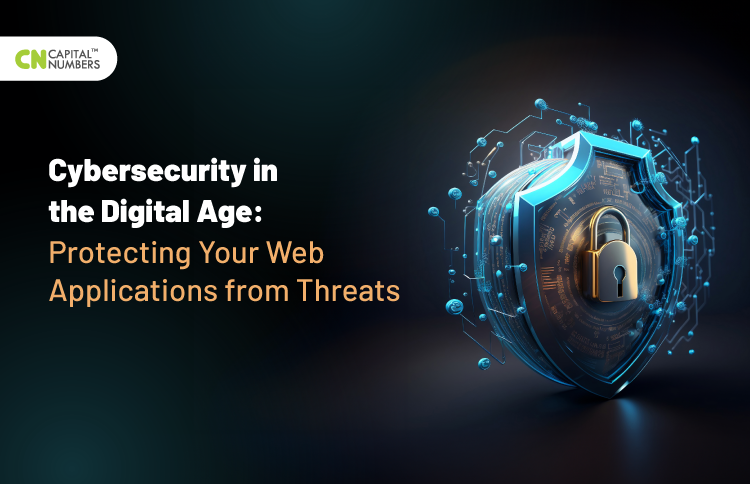Introduction to Two-Factor Authentication (2FA)
In today’s digital age, safeguarding your personal information is more important than ever. With cyber threats lurking around every corner, relying solely on passwords just doesn’t cut it anymore. Enter Two-Factor Authentication (2FA) – a security measure that adds an extra layer of protection to your online accounts. Imagine being able to keep hackers at bay with just a few simple steps! Whether you’re checking your email or managing bank transactions, 2FA acts as a vital shield against unauthorized access. Let’s dive into the world of two-factor authentication and discover why it’s an essential tool for anyone serious about their online security.
How 2FA Works
![]()
Two-Factor Authentication (2FA) adds an extra layer of security to your online accounts. It requires not just a password but also a second piece of information to verify your identity.
When you log in, you’ll first enter your username and password. This is the first factor: something you know. After that, 2FA prompts you for the second factor, which is typically something you have.
This could be a code sent to your phone via SMS or generated by an authentication app. Sometimes it might involve biometric data like fingerprints or facial recognition.
By requiring both factors, 2FA significantly reduces the risk of unauthorized access. Even if someone gets hold of your password, they won’t easily bypass this additional barrier. The combination ensures that only authorized users can gain entry into sensitive accounts and data.
Benefits of Using 2FA

Two-Factor Authentication (2FA) enhances your security significantly. By requiring a second form of verification, it adds an extra layer to your online accounts. This makes it harder for unauthorized users to gain access.
Phishing attacks are on the rise, and 2FA acts as a powerful defense mechanism. Even if someone steals your password, they won’t be able to log in without that additional authentication step.
Convenience is another benefit. Many services offer user-friendly methods for verification, like SMS codes or authenticator apps. You can choose what works best for you while keeping your information safe.
With cyber threats evolving constantly, adopting 2FA demonstrates proactive behavior toward data protection. It keeps peace of mind knowing that your sensitive information remains secure against potential breaches.
Common Types of 2FA

Two-Factor Authentication comes in various forms, each designed to enhance your security. One of the most common types is SMS-based authentication. Here, a code is sent to your mobile device after you enter your password. While convenient, this method can be vulnerable to interception.
Another popular option is authenticator apps like Google Authenticator or Authy. These generate time-sensitive codes that are more secure than SMS because they don’t rely on cellular networks.
Biometric authentication has gained traction too. Fingerprints and facial recognition offer a seamless way to verify identity without needing additional information.
Hardware tokens provide an extra layer of security as well. These physical devices generate unique codes for access and are less susceptible to online attacks.
Email verification requires clicking a link sent to your registered address for access confirmation. Each type has its strengths and weaknesses, making it essential to choose one that fits your lifestyle while maintaining robust security.
Setting Up 2FA for Popular Accounts (e.g. email, social media, online banking)
Setting up two-factor authentication (2FA) is straightforward for most popular accounts. For your email, start by navigating to the security settings. Look for options labeled “Two-Factor Authentication” or “Two-Step Verification.” Follow the prompts to link an authenticator app or receive SMS codes.
On social media platforms, like Facebook and Twitter, similar steps apply. Access account settings and find security options. Enabling 2FA typically involves verifying your phone number or using an app for generating codes.
For online banking, check with your bank’s website or mobile app. Many banks offer various forms of 2FA that enhance security when accessing sensitive information.
Remember to keep backup codes in a safe place during setup. This ensures access if you lose your primary device used for authentication. Each platform has its unique process, but they all prioritize user safety through enhanced verification measures.
Tips for a Secure and Effective 2FA Setup
Choose a reliable 2FA method. Authenticator apps like Google Authenticator or Authy are often more secure than SMS-based codes, which can be intercepted.
Ensure your recovery options are up-to-date. If you lose access to your 2FA device, having alternative methods in place can save you from being locked out of your accounts.
Avoid using the same authentication method across multiple sites. Different services may have varying security levels; diversifying your approach adds an extra layer of protection.
Regularly review and update your security settings. Check for any unauthorized devices linked to your account and remove them promptly.
Educate yourself about phishing attempts that target 2FA codes. Be wary of unsolicited messages asking for verification details or personal information.
These steps will help fortify your accounts while making the most out of two-factor authentication capabilities.
Conclusion: Protect Your Personal Information with 2FA
Adopting Two-Factor Authentication is a proactive step toward safeguarding your personal information. By requiring an additional layer of verification, 2FA significantly reduces the risk of unauthorized access to your accounts.
As cyber threats continue to evolve, relying solely on passwords is no longer sufficient. With simple measures like setting up 2FA for your email, social media, and banking accounts, you can enhance your security dramatically.
Investing a little time into understanding how Two-Factor Authentication works will pay off in protecting what matters most: your data and privacy. Don’t wait until it’s too late—make the switch today and fortify your online presence against potential breaches. Your future self will thank you for it!






